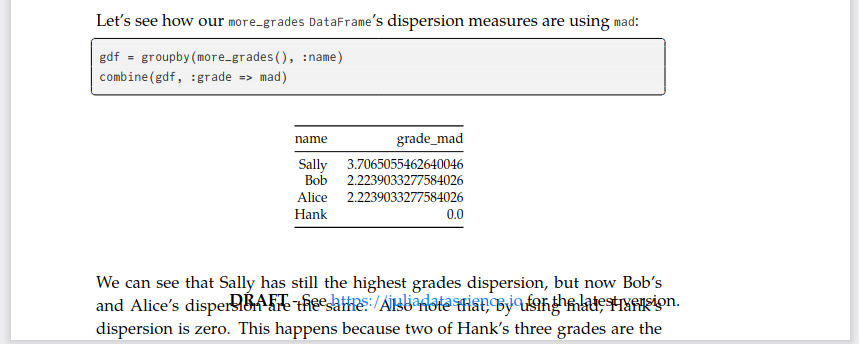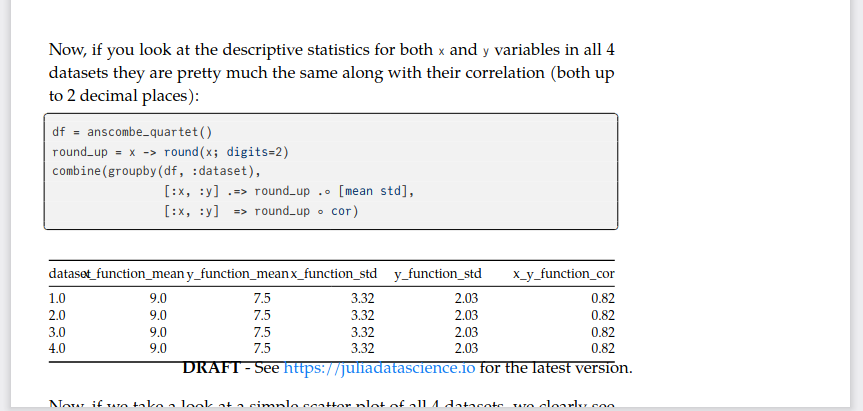You can read the full book on https://juliadatascience.io.
This book was once available on Amazon, but due to an absurd reason, our publishing account was terminated, and our book was removed. Interestingly, all Amazon customer accounts remain functional. It seems that our removal may have been a result of not selling enough books. Nevertheless, the book and its PDF version can still be accessed in their entirety on this website.
This book is licensed under Creative Commons Attribution-NonCommercial-ShareAlike 4.0 International.
Also using an image from the Love pack by Freepik at Flaticon.











